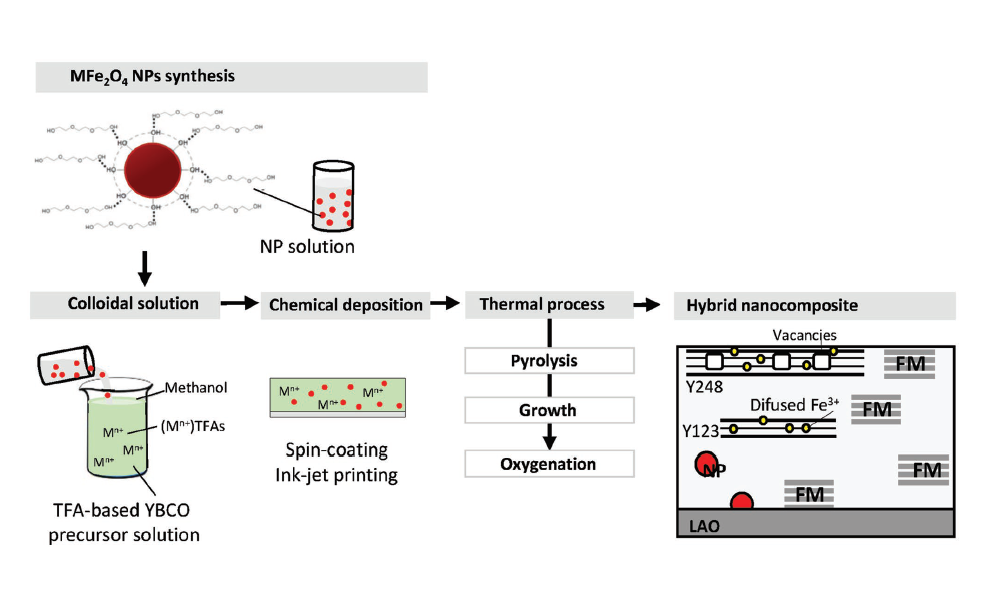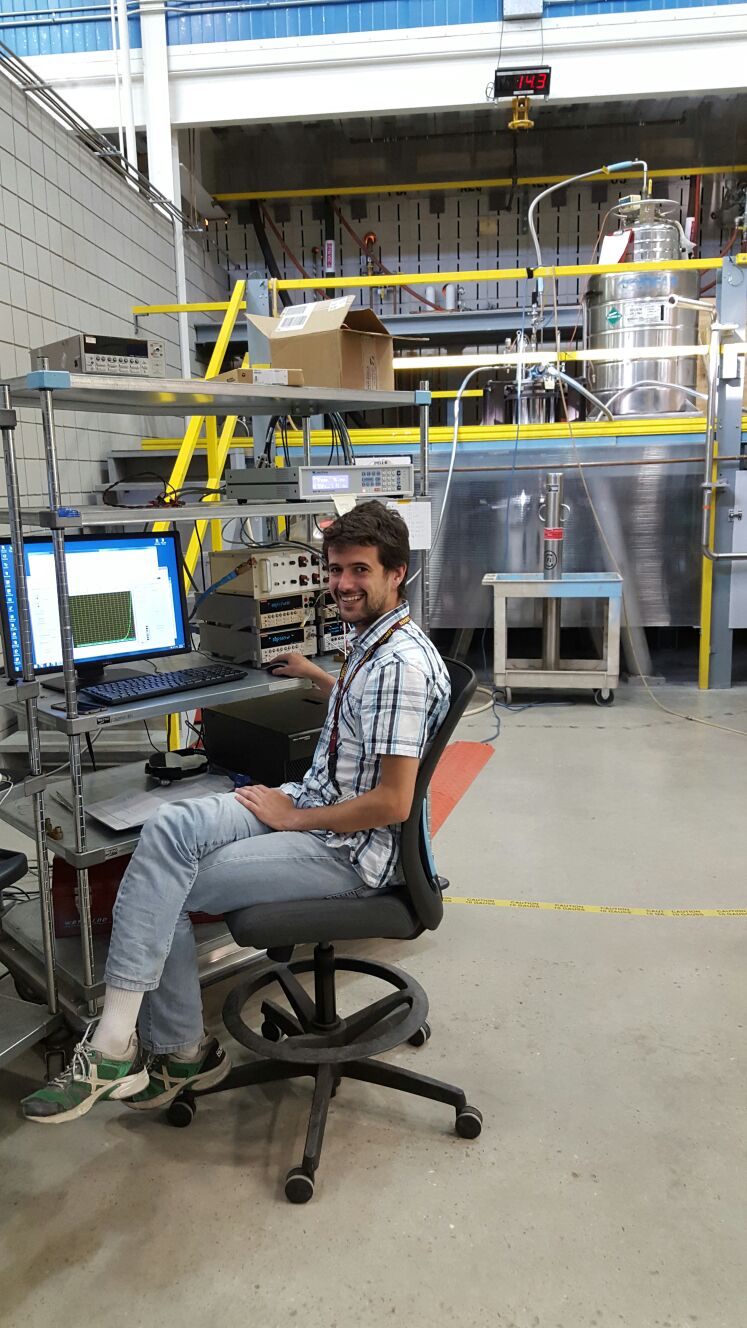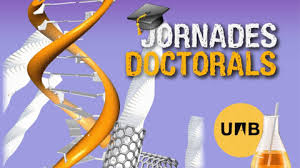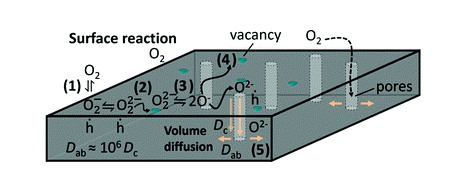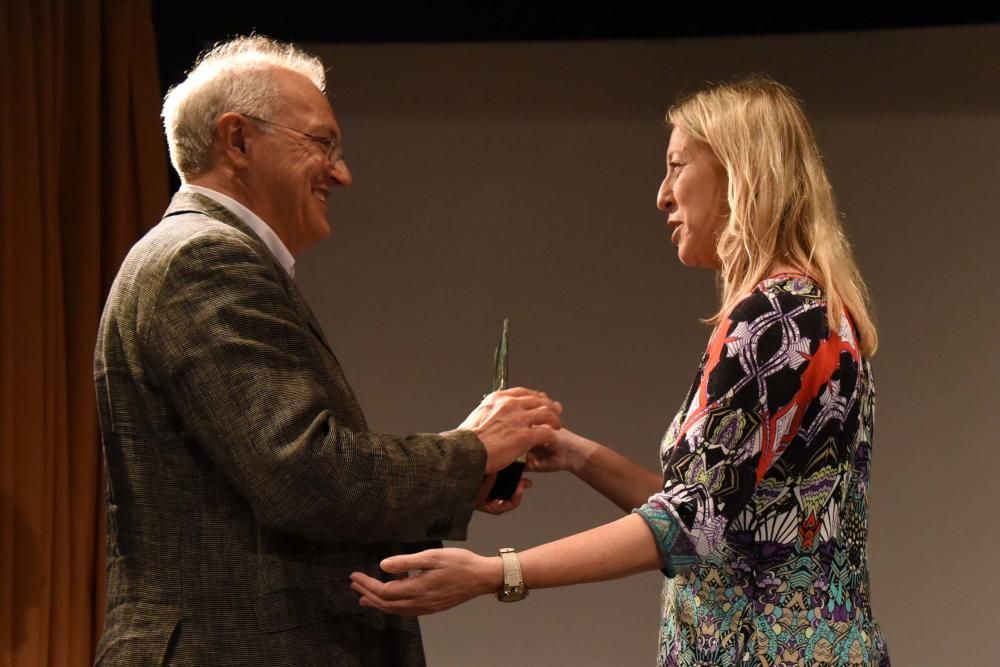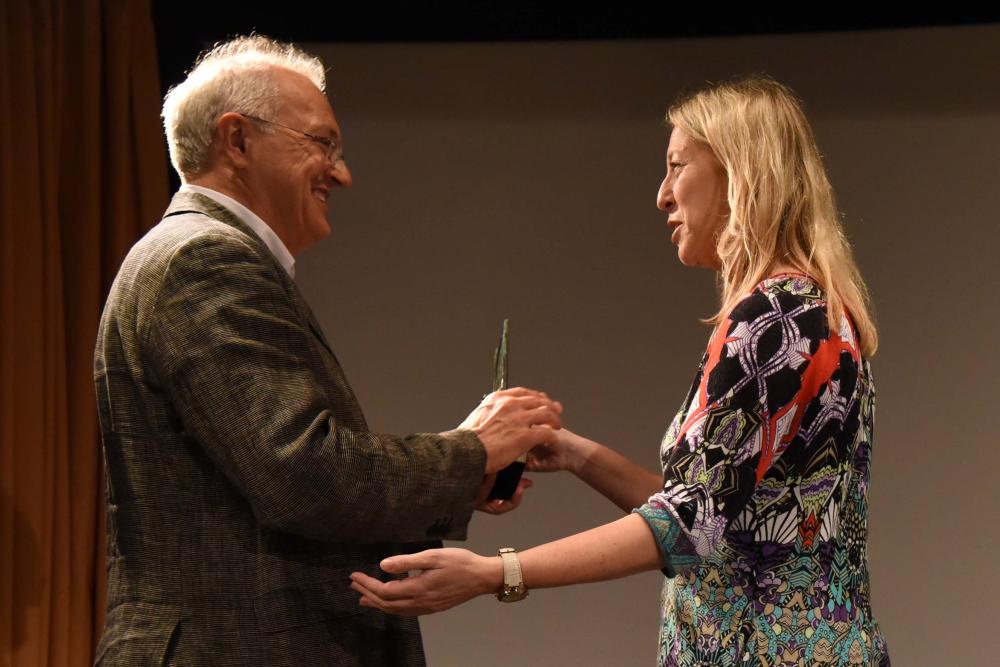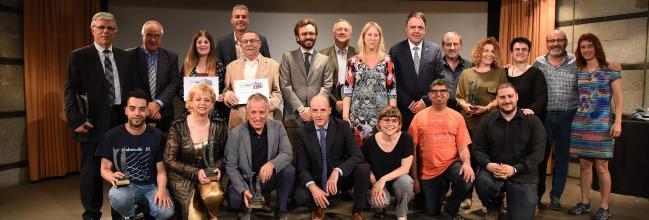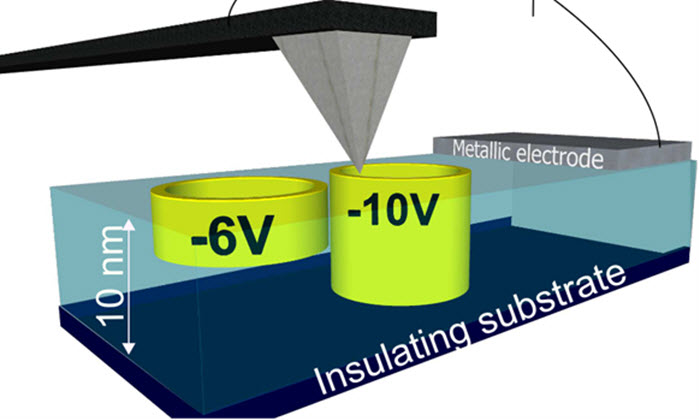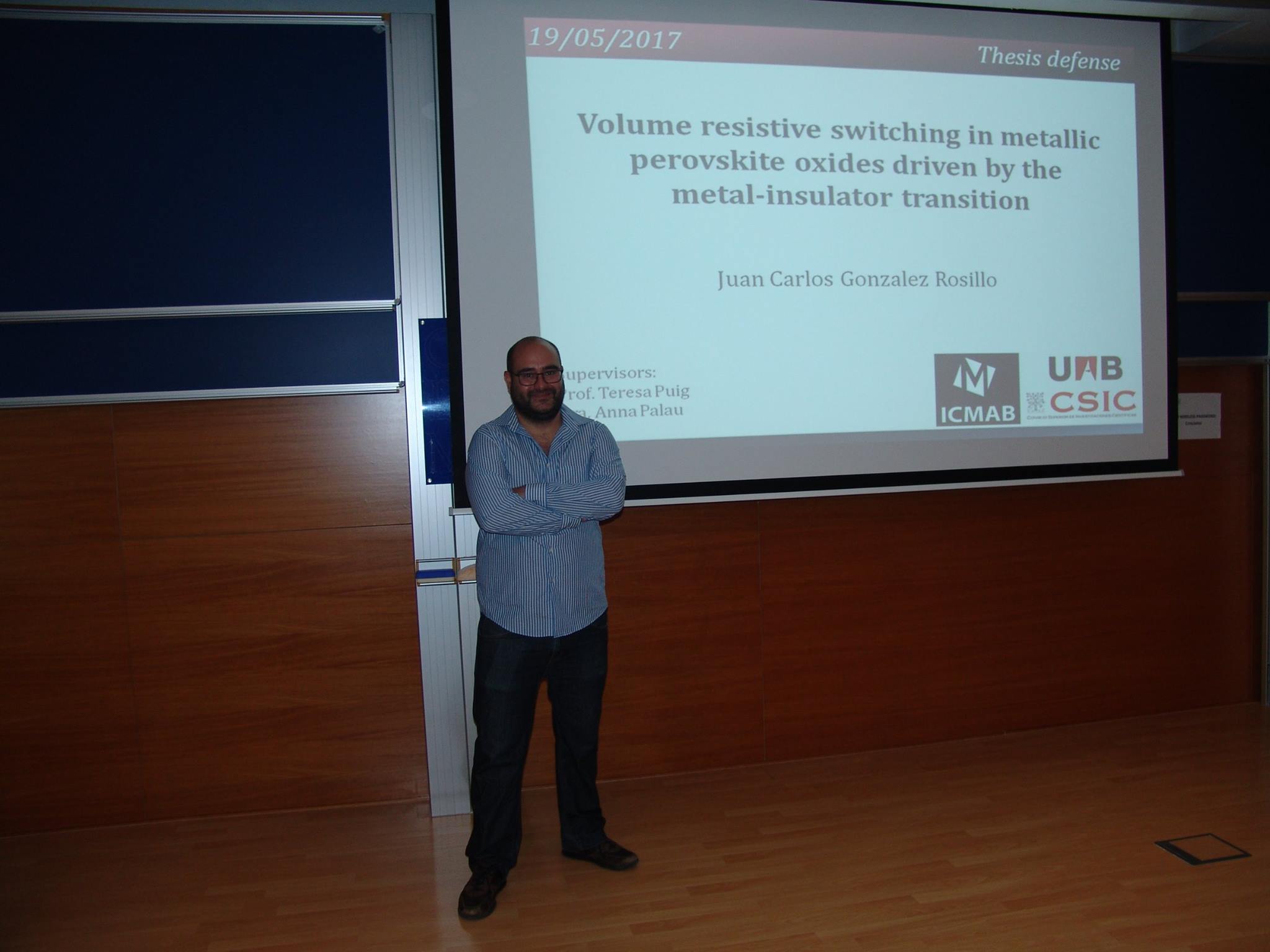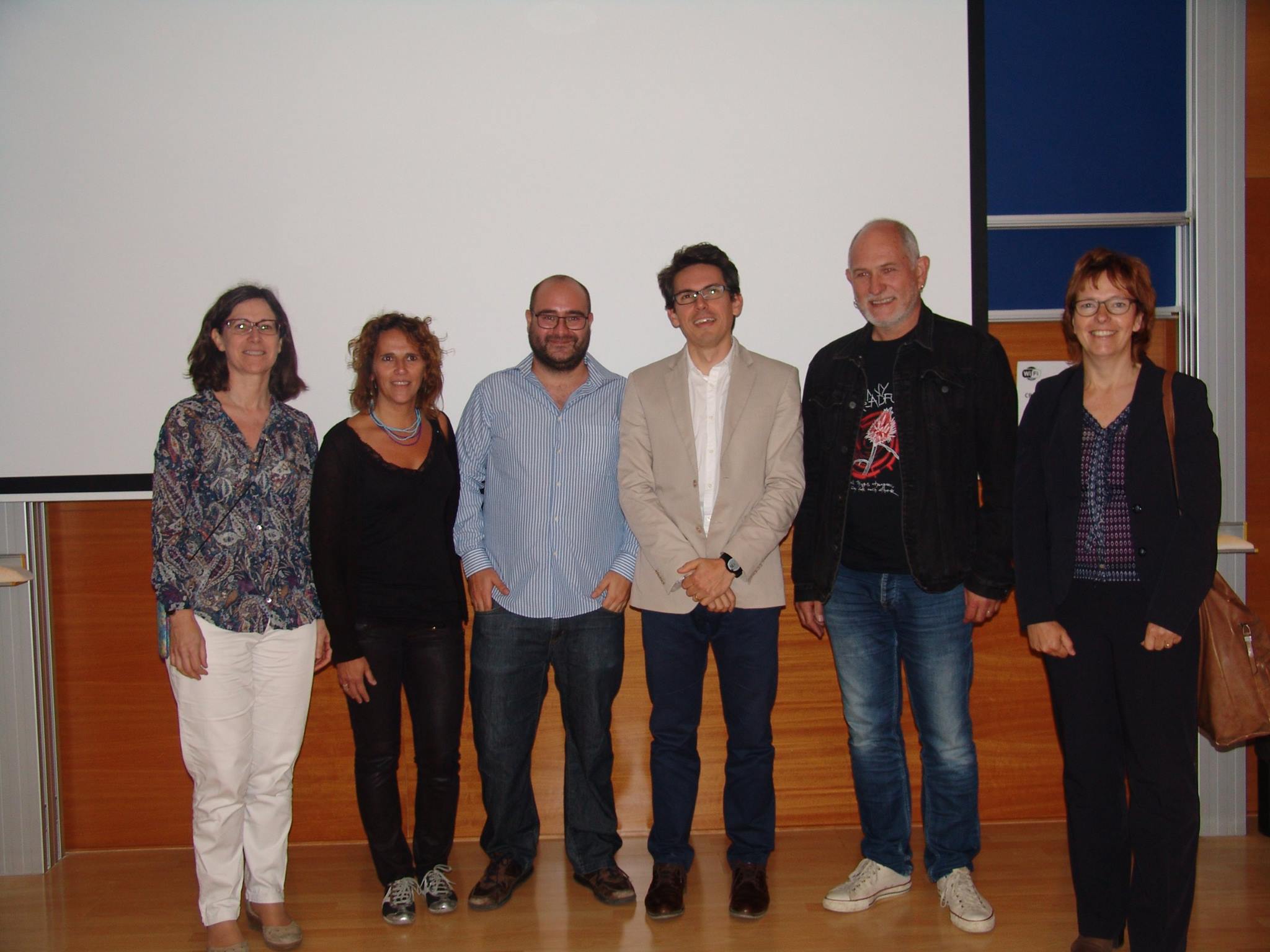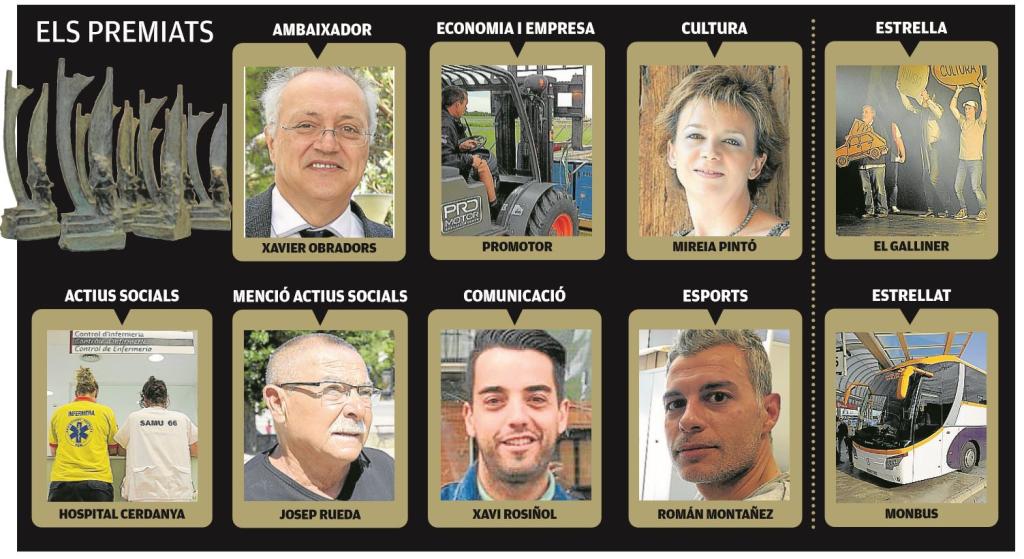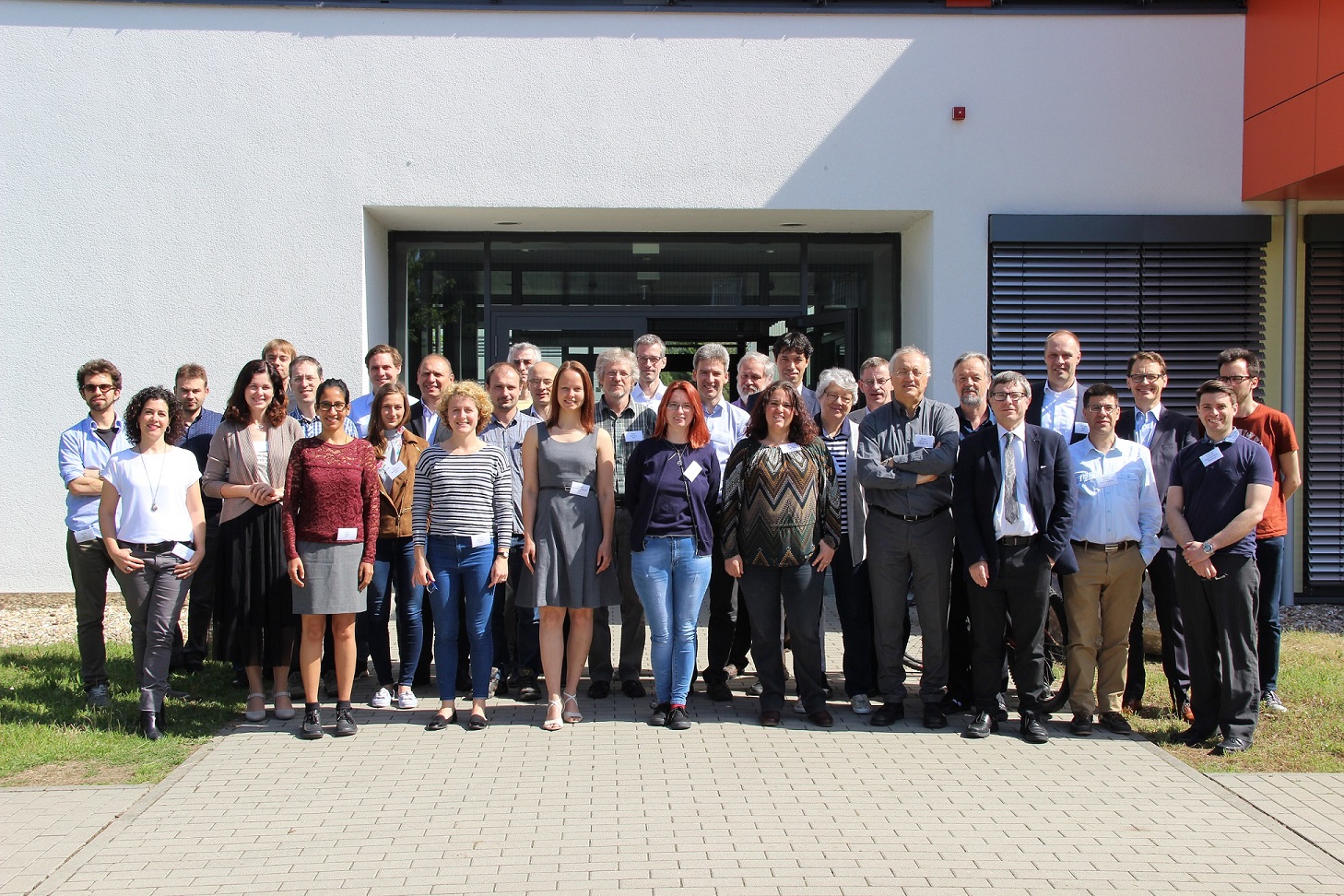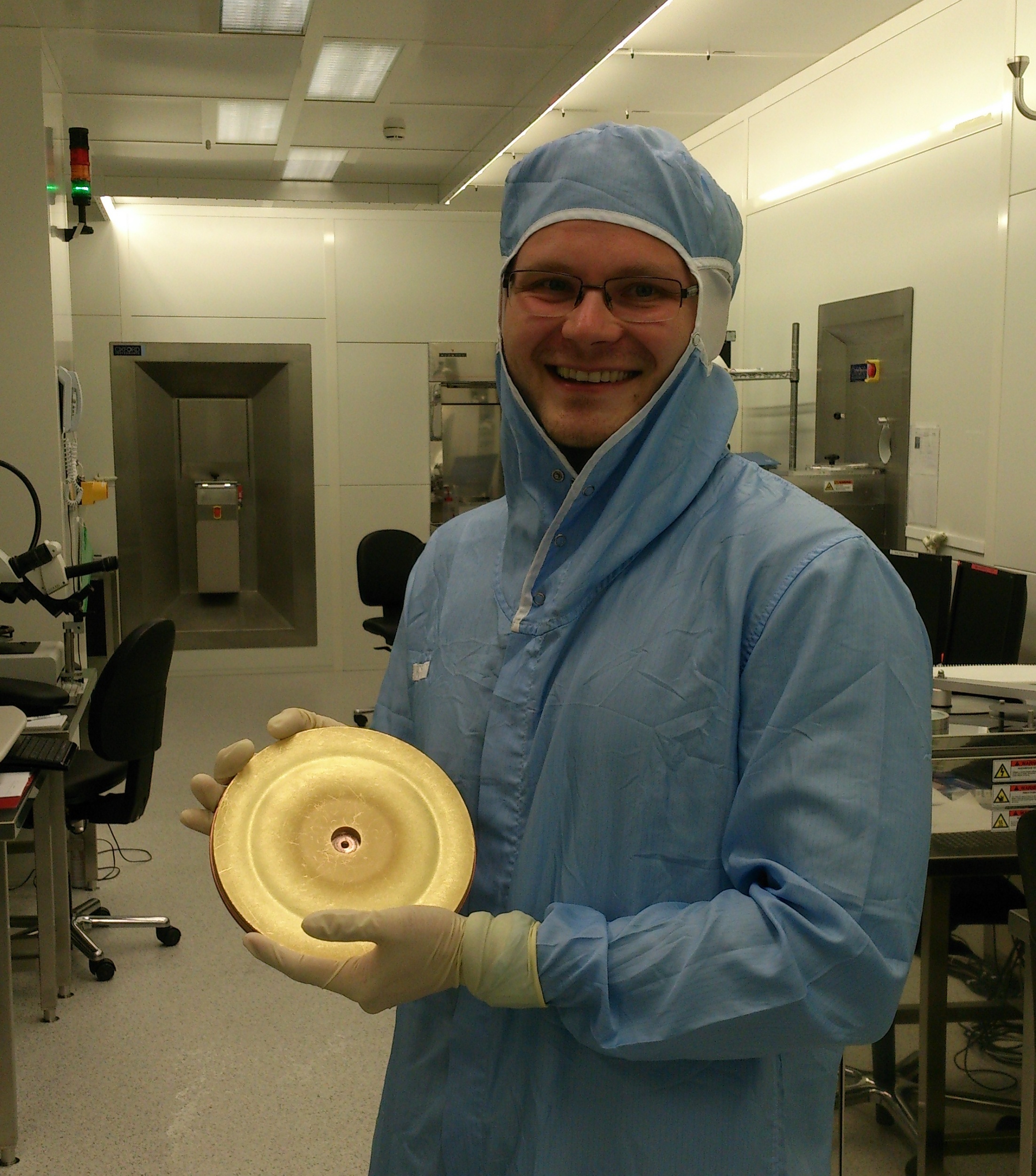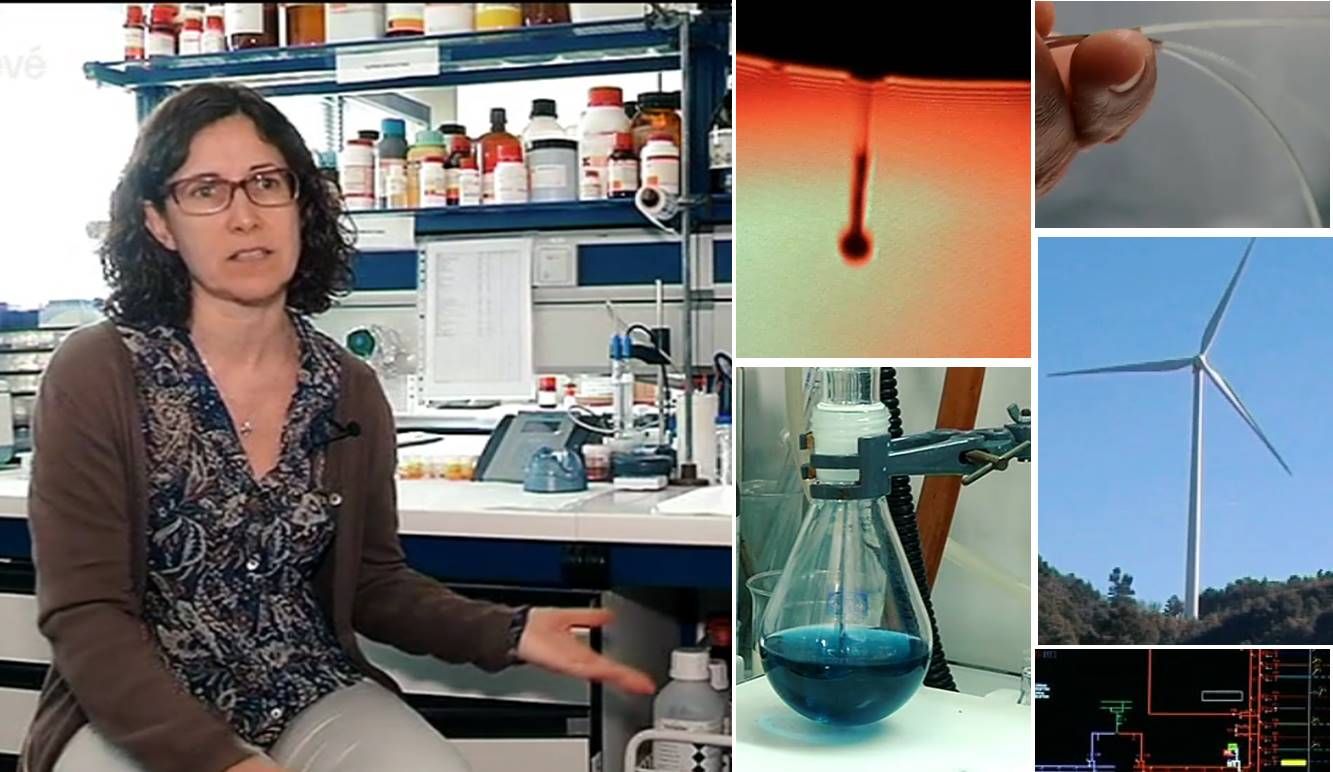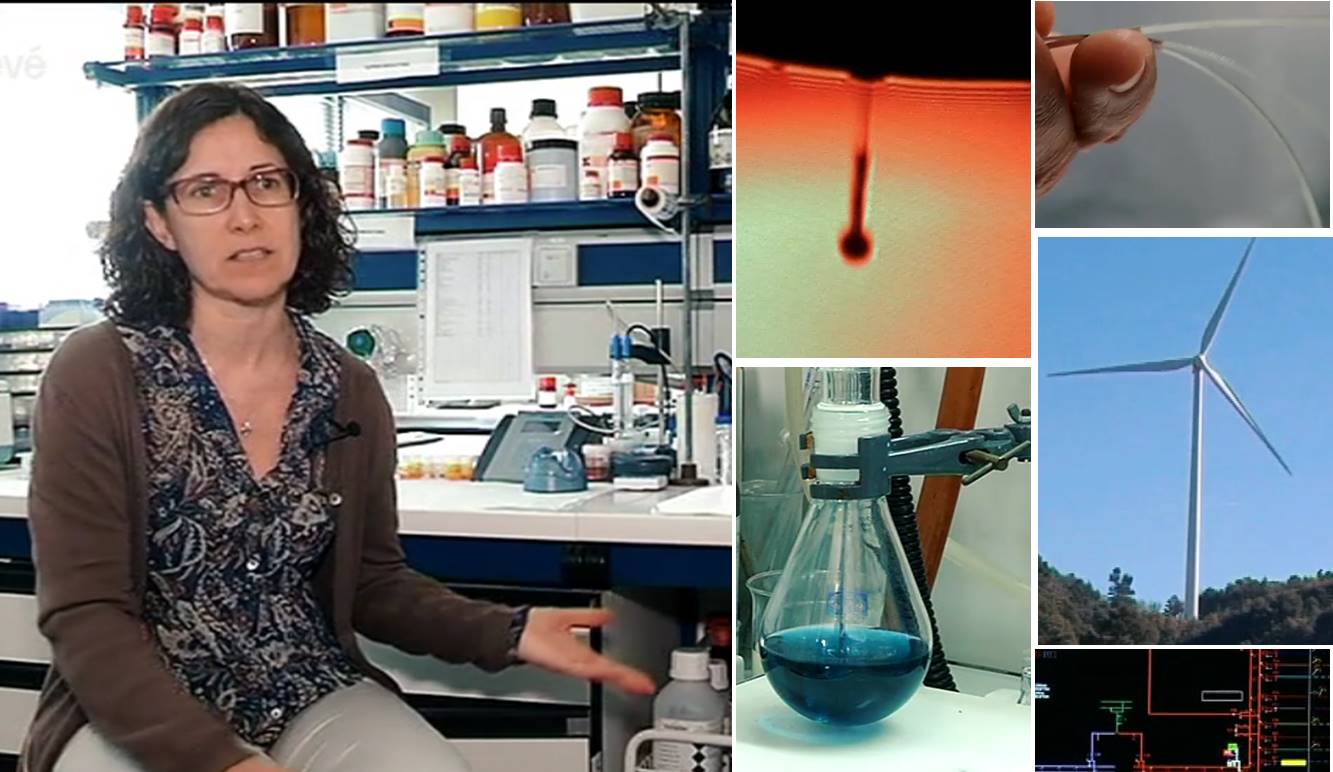Hybrid YBa2Cu3O7 Superconducting–Ferromagnetic Nanocomposite Thin Films Prepared from Colloidal Chemical Solutions
Hybrid YBa2Cu3O7 Superconducting–Ferromagnetic Nanocomposite Thin Films Prepared from Colloidal Chemical Solutions
Elena Bartolomé, Pablo Cayado, Eduardo Solano,Cristian Mocuta, Susagna Ricart, Bernat Mundet, Marionna Coll, Jaume Gázquez, Alexander Meledin, Gustaaf van Tendeloo, Manuel Valvidares, Javier Herrero-Martín, Pierluigi Gargiani, Eric Pellegrin, Cesar Magén, Teresa Puig, Xavier Obradors. Adv. Electron. Mater. 2017, 1700037. DOI: 10.1002/aelm.201700037
High Tc superconductor–ferromagnetic heterostructures constitute an appealing playground to study the interplay between flux vortices and magnetic moments. Here, the capability of a solution-derived route to grow hybrid YBa2Cu3O7-ferromagnetic nanocomposite epitaxial thin films from preformed spinel ferrite (MFe2O4, M = Mn, Co) nanoparticles (NPs) is explored. The characterization, performed using a combination of structural and magnetic techniques, reveals the complexity of the resulting nanocomposites. Results show that during the YBCO growth process, most of the NPs evolve to ferromagnetic double-perovskite (DP) phases (YBaCu2−x−yFexCoyO5/YBaCoFeO5), while a residual fraction of preformed ferrite NPs may remain in the YBCO matrix. Magnetometry cycles reflect the presence of ferromagnetic structures associated to the DPs embedded in the superconducting films. In addition, a superparamagnetic signal that may be associated with a diluted system of ferromagnetic clusters around complex defects has been detected, as previously observed in standard YBCO films and nanocomposites. The hybrid nanocomposites described in this work will allow studying several fundamental issues like the nucleation of superconductivity and the mechanisms of magnetic vortex pinning in superconducting/ferromagnetic heterostructures.

